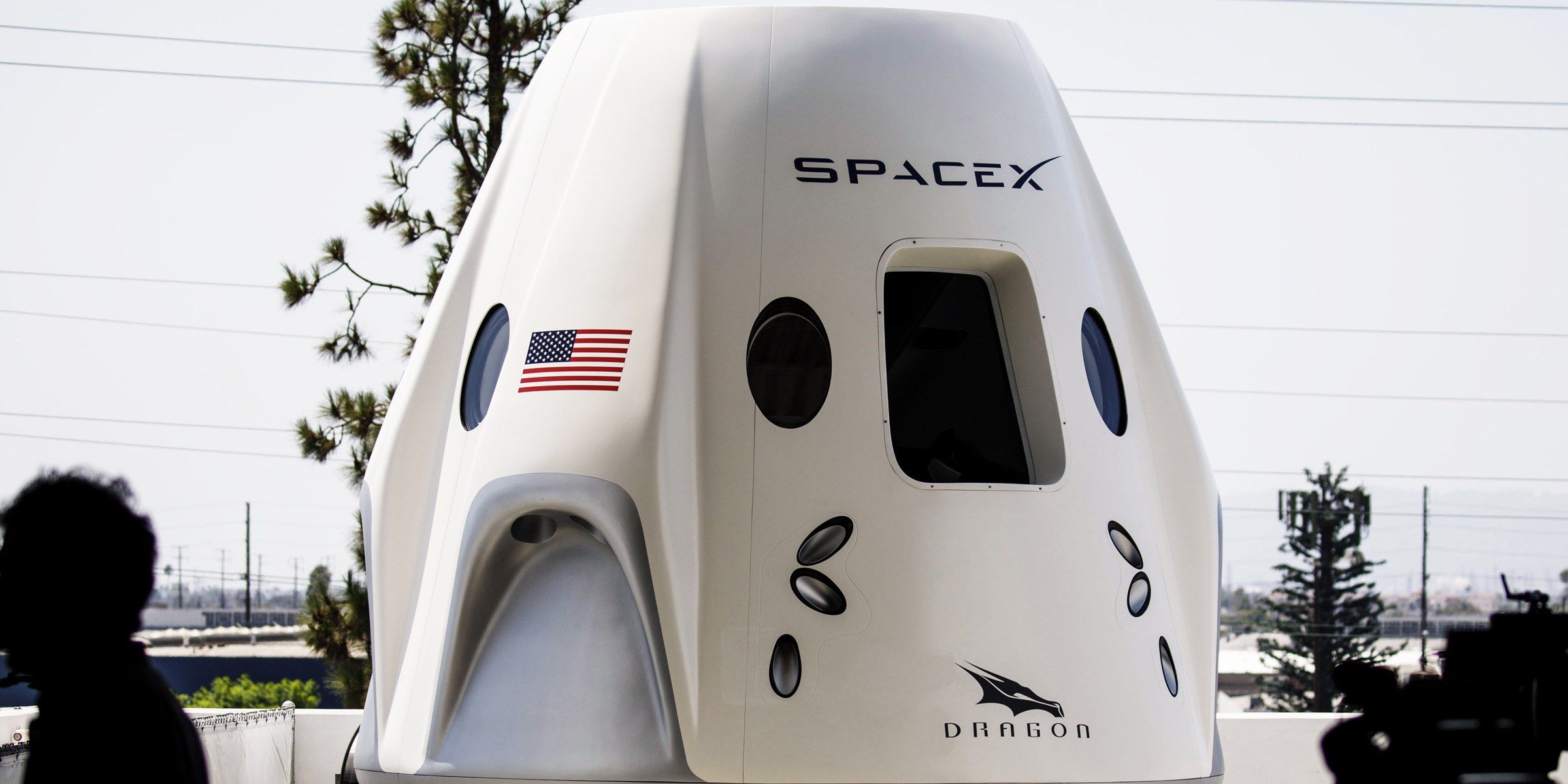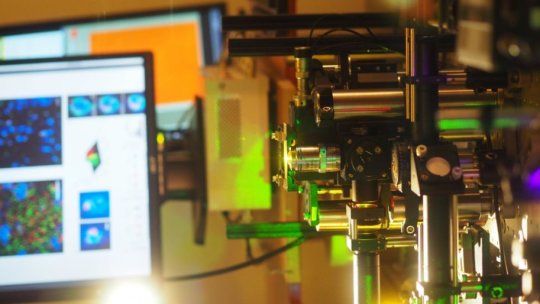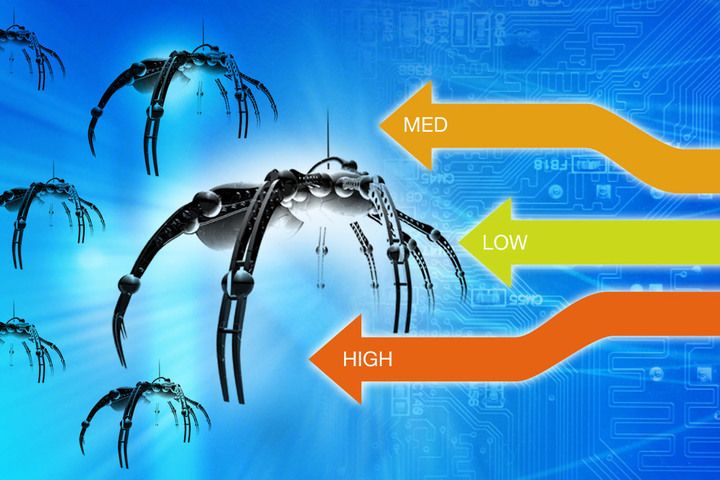Get the latest international news and world events from around the world.
Combating Crime in a Virtual Future Filled with Love and Sex
It’s unclear whether we’ll actually reach the point of achieving legitimate mind-uploading, which addresses the dilemma of physical continuity. What is clear, however, is that virtual reality is quickly making room for the ability of users to fall in love. In so doing, this will also make room for other ventures—both positive (sex) and problematic (crime).
As we continue pushing forward towards a future of sexual abundance, whereby getting into bed with technology is the new norm, we’ll also need to remain vigilant against criminals who wish to exploit us — even sexually.

Why Alien Life Would be our Doom — The Great Filter
Finding alien life on a distant planet would be amazing news — or would it? If we are not the only intelligent life in the universe, this probably means our days are numbered and doom is certain.




No Card Required: ‘Black Box’ ATM Attacks Move Into Europe
Fraudsters are now gingerly testing the waters in central and Western Europe with attacks that drain cash machines of their funds, according to a trade group that studies criminal activity around ATMs.
See Also: How to Combat Targeted Business Email Compromise Attacks
The European Association for Secure Transactions, or EAST, says the attacks, sometimes referred to as “jackpotting,” rose 231 percent in 2017 compared to 2016. Last year, 193 incidents were reported compared to 58 in 2016.

